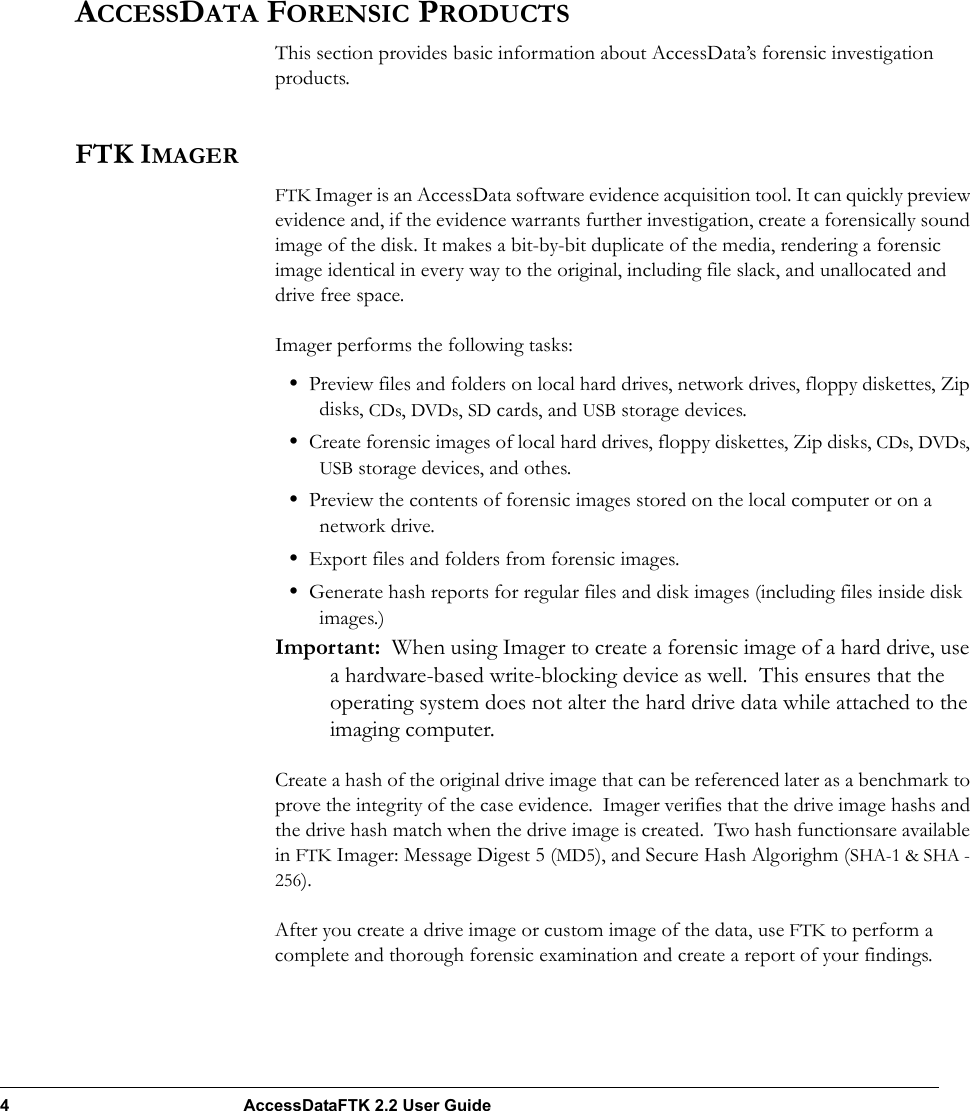
Once the Mount Image to Drive window appears, you can add the path to the image file that you want to mount and click on Mount.

To mount the image as a drive in your system, click on File > Image Mounting To analyze other things further, we will now remove this evidence item by right-clicking on the case and click on Remove Evidence Item This could have deleted as well as overwritten data. Once the image dump is attached to the analysis part, you will see an evidence tree which has the contents of the files of the image dump. Now select the source of the dump file that you have already created, so here you have to select the image file option and click on Next.Ĭhoose the path of the image dump that you have captured by clicking on Browse. To start with analysis, click on File> Add Evidence Item. Now let us analyze the Dump RAW Image once it has been acquired using FTK imager.

Now let us wait for a few minutes till the ram is being captured. To capture the memory, click on File > Capture Memory.Ĭhoose the destination path and the destination file name, and click on capture memory. Now, let us begin with capturing the memory. In this phase, the investigator has to be careful about his decisions to collect the volatile data as it won’t exist after the system undergoes a reboot. A ram analysis can only be successfully conducted when the acquisition has been performed accurately without corrupting the image of the volatile memory. It is the method of capturing and dumping the contents of a volatile content into a non-volatile storage device to preserve it for further investigation. Now let us wait for a few minutes for the image to be created.Īfter the image is created, a Hash result is generated which verifies the MD5 Hash, SHA1 Hash, and the presence of any bad sector. Once you have added the destination path, you can now start with the Imaging and also click on the verify option to generate a hash. Now finally add the destination of the image file, name the image file and then click on Finish. Now, add the details of the image to proceed. SMART: It is an image format that was used for Linux which is not popularly used anymore.Į01: It stands for EnCase Evidence File, which is a commonly used format for imaging and is similar toĪFF: It stands for Advanced Forensic Format that is an open-source format type. Raw(dd): It is a bit-by-bit copy of the original evidence which is created without any additions and or deletions. The different formats for creating the image are: Select the format of the image that you want to create. From the forensic perspective, It should be copied in a separate hard drive and multiple copies of the original evidence should be created to prevent loss of evidence. Now choose the source of your drive that you want to create an image copy of.Īdd the Destination path of the image that is going to be created. A logical drive has its parameters and functions because it operates independently. It can be a physical or a logical Drive depending on your evidence.Ī Physical Drive is the primary storage hardware or the component within a device, which is used to store, retrieve, and organize data.Ī Logical Drive is generally a drive space that is created over a physical hard disk. Now you can choose the source based on the drive you have. Open FTK Imager by AccessData after installing it, and you will see the window pop-up which is the first page to which this tool opens. Disk images can also be stored on flash drives with a larger capacity. A single hard drive can store many disk images on it. One cannot restore a hard drive by placing the disk image files on it as it needs to be opened and installed on the drive using an imaging program. However, this imaged disk needs to be applied to the hard drive to work. It is a storage file that contains all the necessary information to boot to the operating system. It is the process of making an archival or backup copy of the entire hard drive. Creating a Forensic Imageįorensic Imaging is one of the most crucial steps involved in digital forensic investigation. Lets us begin with creating an image copy of the original evidence.


The Image of the original evidence is remaining the same and allows us to copy data at a much faster rate, which can be soon be preserved and can be analyzed further.
Accessdata ftk imager md5 software#
FTK Imager is an open-source software by AccessData that is used for creating accurate copies of the original evidence without actually making any changes to it.


 0 kommentar(er)
0 kommentar(er)
